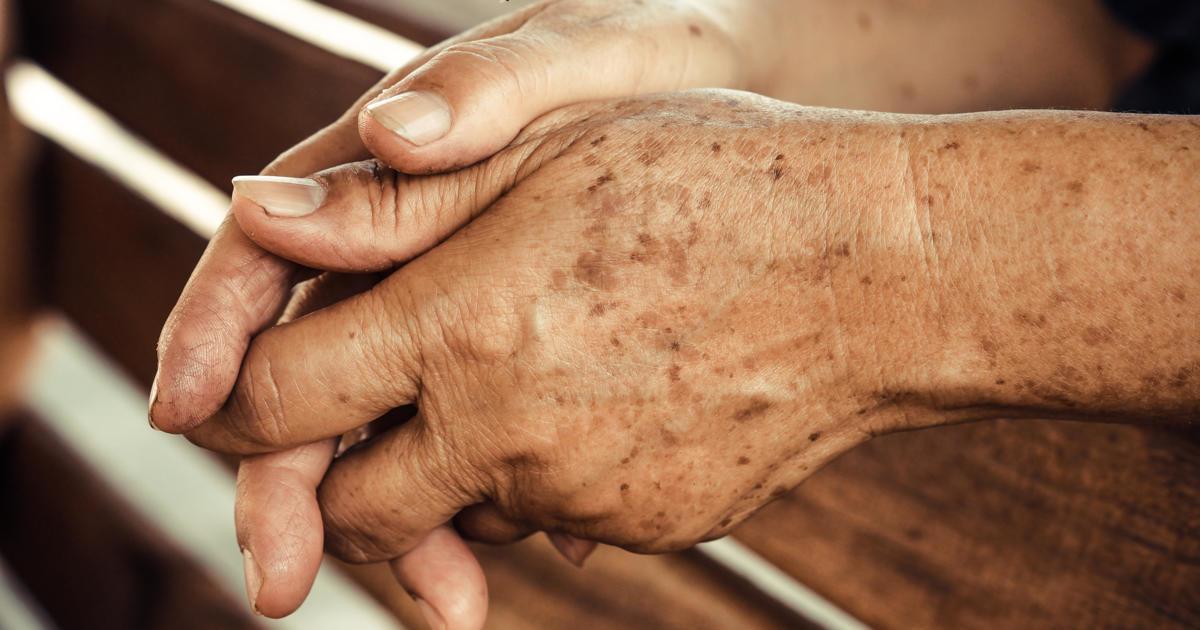Causes And Risk Factors Of Age Spots
Age spots are blemishes or lesions caused by increased pigmentation due to sun damage or other sources of ultraviolet (UV) radiation. They usually appear on areas exposed to the sun like the face, neck, hands, shoulders, and upper back. Age spots can range in color from grey to black, but they're usually a shade of brown. Age spots are also referred to as liver spots or sunspots. The medical term for this type of blemish is solar lentigo, lentigine, or actinic keratosis. They're common among middle-aged and older individuals, which is why they're called age spots. These blemishes are harmless and can be treated with a variety of methods like skin-bleaching products. Individuals can decrease their risk of age spots by limiting their exposure to the sun and using a broad-spectrum sunscreen. They can also protect themselves by covering up with clothing, eyewear, and a hat.
Get to know some significant risk factors and causes of age spots now.
Overactive Pigment Cells

The production of melanin is a normal process in most organisms. Melanin is the pigment that produces the many colors in our skin and hair, and also protects it from the sun. The light from the sun hastens the production of melanin. This brings about high concentrations and clusters of the pigment in certain areas of the body, which are typically those exposed to the sun for extended periods. The surge in activity of the pigment cells produces extra melanin, causing age spots to appear on the skin. These small areas will darken and remain on the skin unless lightened or removed by other methods. The extra pigmentation that develops from overactive pigment cells is stronger in individuals with darker skin tones, but it's naturally more evident in those with lighter complexions.
Keep reading to reveal more on how the sun triggers age spots.
